-
 Bitcoin
Bitcoin $83,333.2617
0.07% -
 Ethereum
Ethereum $1,820.9206
0.04% -
 Tether USDt
Tether USDt $0.9995
-0.04% -
 XRP
XRP $2.0632
0.56% -
 BNB
BNB $593.8431
-0.09% -
 USDC
USDC $0.9999
-0.01% -
 Solana
Solana $116.9473
-1.86% -
 Dogecoin
Dogecoin $0.1628
-1.33% -
 Cardano
Cardano $0.6517
0.85% -
 TRON
TRON $0.2381
1.11% -
 Toncoin
Toncoin $3.5643
-7.90% -
 UNUS SED LEO
UNUS SED LEO $9.4410
0.56% -
 Chainlink
Chainlink $12.8995
-1.62% -
 Stellar
Stellar $0.2614
0.11% -
 Avalanche
Avalanche $18.2219
0.21% -
 Sui
Sui $2.2624
-4.19% -
 Shiba Inu
Shiba Inu $0.0...01220
-0.02% -
 Hedera
Hedera $0.1642
0.10% -
 Polkadot
Polkadot $4.0561
1.11% -
 Litecoin
Litecoin $83.3042
1.26% -
 MANTRA
MANTRA $6.4338
1.83% -
 Bitcoin Cash
Bitcoin Cash $301.5390
2.40% -
 Bitget Token
Bitget Token $4.5072
-0.54% -
 Dai
Dai $0.9999
0.02% -
 Ethena USDe
Ethena USDe $0.9995
-0.04% -
 Monero
Monero $215.9958
0.03% -
 Hyperliquid
Hyperliquid $11.8716
-2.66% -
 Pi
Pi $0.5718
-13.60% -
 Uniswap
Uniswap $5.8924
-0.38% -
 Aptos
Aptos $5.0504
-2.31%
Common patterns and meanings of digital currency K-line charts
K-line charts are crucial for analyzing crypto price movements, with patterns like hammers and engulfing signals indicating potential trend reversals.
Mar 30, 2025 at 03:14 am

Understanding K-line Chart Patterns in Cryptocurrency Trading
K-line charts, also known as candlestick charts, are a fundamental tool for analyzing price movements in the cryptocurrency market. They provide a visual representation of price action over a specific period, revealing valuable insights into potential trends and reversals. Understanding common patterns can significantly improve your trading decisions. Each candlestick represents the price range over a specific time interval (e.g., 1 hour, 1 day). The body of the candle shows the opening and closing prices, while the wicks (shadows) indicate the high and low prices.
Deciphering the Candlestick Body
The body of a candlestick provides crucial information. A green (or white) candlestick indicates that the closing price was higher than the opening price (a bullish signal), while a red (or black) candlestick signifies that the closing price was lower than the opening price (a bearish signal). The length of the body represents the magnitude of the price change during that period. A long body suggests strong momentum, while a short body indicates indecision or consolidation.
Understanding the Wicks (Shadows)
The upper and lower wicks, or shadows, extend from the body of the candlestick. A long upper wick suggests that the price reached a high but then reversed, indicating potential selling pressure. Conversely, a long lower wick shows that the price tested a low but then rebounded, suggesting potential buying pressure. Short wicks indicate that the price traded within a relatively tight range during that period. The combination of body length and wick length provides a richer understanding of the price action.
Common Bullish K-line Patterns
Several candlestick patterns signal potential upward price movements.
- Hammer: A small body with a long lower wick, suggesting a strong buying pressure near the low of the period.
- Inverted Hammer: Similar to a hammer but with a long upper wick and a small body, suggesting buying pressure after a price spike.
- Bullish Engulfing Pattern: A green candlestick completely engulfs a preceding red candlestick, indicating a potential bullish reversal.
- Morning Star: A three-candlestick pattern consisting of a red candlestick, a small body (either color), and a green candlestick, suggesting a potential bullish reversal.
These patterns are often interpreted in conjunction with other technical indicators and overall market context. It's crucial to remember that no pattern guarantees future price movements; they simply increase the probability of a particular outcome.
Common Bearish K-line Patterns
Several candlestick patterns signal potential downward price movements.
- Hanging Man: A small body with a long lower wick at the top of an uptrend, suggesting potential bearish reversal.
- Shooting Star: A small body with a long upper wick at the bottom of a downtrend, suggesting potential bearish reversal.
- Bearish Engulfing Pattern: A red candlestick completely engulfs a preceding green candlestick, indicating a potential bearish reversal.
- Evening Star: A three-candlestick pattern, the opposite of a Morning Star, suggesting a potential bearish reversal.
These patterns, like their bullish counterparts, are most effective when considered within a broader market analysis. They provide clues, not certainties, about future price direction.
Interpreting K-line Patterns: Context is Key
The interpretation of K-line patterns is highly dependent on context. Consider the following factors:
- Overall Market Trend: A bullish pattern in a strong downtrend might be less significant than the same pattern in an uptrend or sideways market.
- Volume: High volume confirms the strength of a pattern, while low volume suggests weak conviction.
- Support and Resistance Levels: Patterns that occur near key support or resistance levels often carry more weight.
- Other Technical Indicators: Combining K-line analysis with other indicators like moving averages, RSI, and MACD can provide a more comprehensive view.
Ignoring these contextual factors can lead to misinterpretations and potentially poor trading decisions.
Beyond Individual Candlesticks: Recognizing Larger Patterns
While individual candlestick patterns offer valuable insights, recognizing larger formations can provide even more significant signals. These include:
- Head and Shoulders: A classic reversal pattern indicating a potential trend change.
- Double Tops/Bottoms: These patterns suggest potential reversals at key price levels.
- Triangles: Consolidation patterns that often precede a breakout in either direction.
- Flags and Pennants: Continuation patterns that suggest a continuation of the existing trend.
Mastering these larger formations requires practice and experience, but they can significantly enhance your ability to predict price movements.
Practical Application and Risk Management
Applying K-line chart analysis effectively requires practice and discipline. Start by focusing on a few key patterns, gradually expanding your knowledge as you gain experience. Always use risk management techniques, such as stop-loss orders, to protect your capital. Remember that no trading strategy is foolproof, and losses are an inevitable part of trading.
Frequently Asked Questions
Q: Are K-line charts reliable for predicting future cryptocurrency prices?
A: K-line charts are a valuable tool for analyzing price trends and identifying potential reversal points, but they are not a crystal ball. They offer probabilities, not certainties. Other factors, including market sentiment and news events, significantly influence cryptocurrency prices.
Q: How can I learn to interpret K-line charts effectively?
A: Start by learning the basic candlestick patterns. Practice identifying them on historical charts. Gradually incorporate more advanced patterns and technical indicators into your analysis. Consider using educational resources and charting platforms.
Q: What are the limitations of using K-line charts alone?
A: K-line charts provide a visual representation of price action, but they don't consider fundamental factors like technology, adoption rates, or regulatory changes. Combining K-line analysis with fundamental analysis provides a more holistic view.
Q: Are there any resources available to help me learn more about K-line charts?
A: Many online resources, including educational websites, trading platforms, and YouTube channels, offer tutorials and guides on K-line chart analysis. Look for reputable sources with a proven track record.
Q: Can I use K-line charts for all types of cryptocurrencies?
A: Yes, K-line charts are applicable to all cryptocurrencies. However, the patterns and their interpretations may vary depending on the specific cryptocurrency's volatility and market dynamics. Understanding the individual characteristics of each cryptocurrency is crucial for effective analysis.
Disclaimer:info@kdj.com
The information provided is not trading advice. kdj.com does not assume any responsibility for any investments made based on the information provided in this article. Cryptocurrencies are highly volatile and it is highly recommended that you invest with caution after thorough research!
If you believe that the content used on this website infringes your copyright, please contact us immediately (info@kdj.com) and we will delete it promptly.
- Gold Dips from Record High as Market Turmoil Sparks Profit-Taking
- 2025-04-04 08:35:12
- Factors such as whale accumulation, bullish technical indicators, and market sentiment have contributed to this optimistic outlook.
- 2025-04-04 08:35:12
- With the crypto market entering a new growth cycle in 2025
- 2025-04-04 08:30:11
- EOS Price Defies the Market Crash: +46% in a Week!
- 2025-04-04 08:30:11
- BlockDAG (BDAG) Breaks Records With 2,380% Presale Price Jump, Outpacing Dogecoin (DOGE) and Kaspa (KAS)
- 2025-04-04 08:25:12
- Economic uncertainty and a major crypto exchange hack pushed down the total value locked in DeFi protocols to $156 billion in the first quarter of 2025
- 2025-04-04 08:25:12
Related knowledge
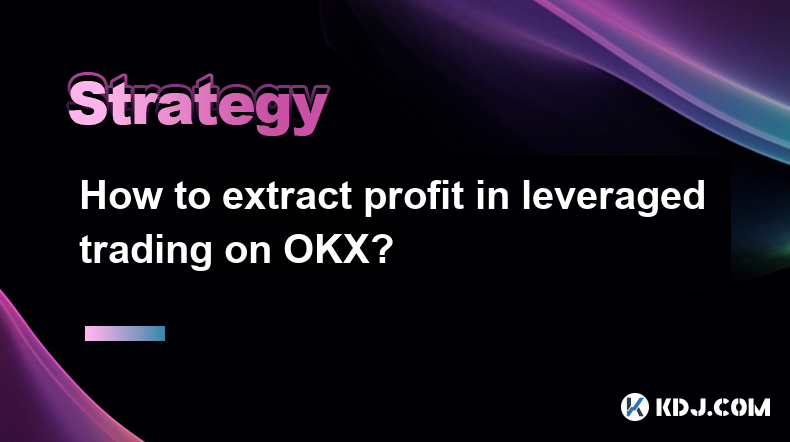
How to extract profit in leveraged trading on OKX?
Apr 04,2025 at 05:42am
Leveraged trading on OKX can be a powerful tool for traders looking to amplify their potential profits. However, it also comes with increased risk, making it essential to understand how to effectively extract profit from these trades. This article will guide you through the process of leveraging OKX's platform to maximize your gains while managing the i...
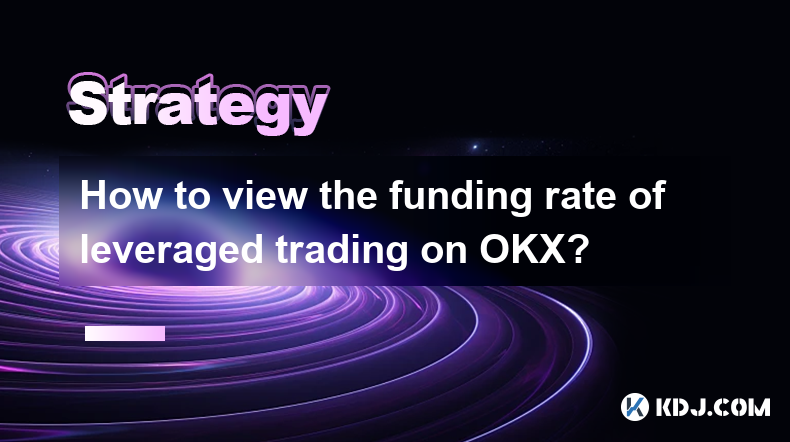
How to view the funding rate of leveraged trading on OKX?
Apr 04,2025 at 07:07am
Understanding the funding rate is crucial for anyone involved in leveraged trading on OKX. The funding rate is a mechanism used in perpetual futures contracts to ensure that the market price of the futures remains closely aligned with the spot price of the underlying asset. This article will guide you through the process of viewing the funding rate on O...

How to use the three crows candlestick combination to determine the market top?
Apr 03,2025 at 03:18pm
Three Black Crows are a classic K-line combination form that is often used to judge the top of the market in technical analysis. This pattern consists of three consecutive negative lines, the opening price of each negative line is within the entity of the previous K-line, and the closing price gradually decreases. This pattern usually appears at the end...
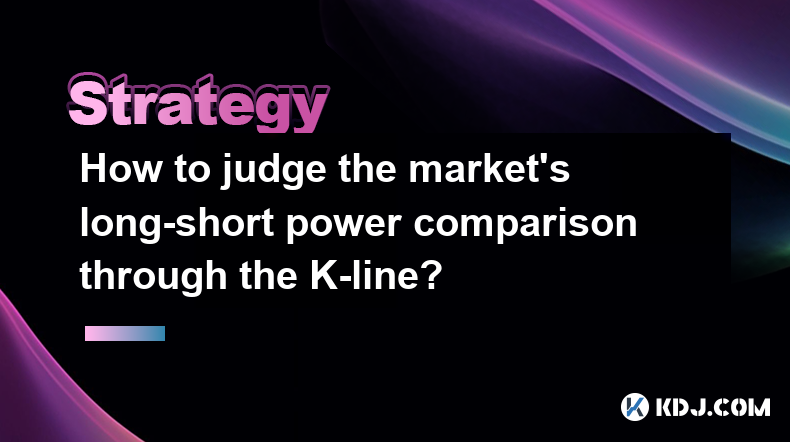
How to judge the market's long-short power comparison through the K-line?
Apr 03,2025 at 02:39pm
Judging the market's long-short power comparison through the K-line is an important skill in technical analysis. The K-line chart can not only show price changes, but also reflect the emotions and power comparison of market participants. This article will introduce in detail how to judge the market's long-short power comparison through K-lines. ...
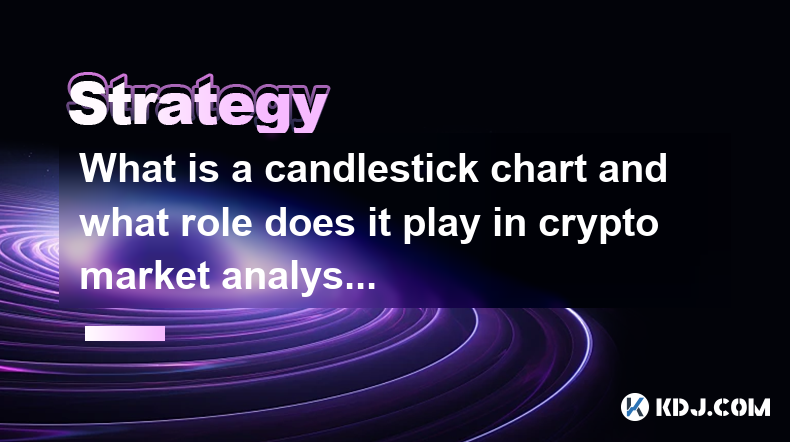
What is a candlestick chart and what role does it play in crypto market analysis?
Apr 03,2025 at 02:26pm
K-line chart, also known as candle chart, is a form of chart used to display changes in the price of financial products. In the cryptocurrency market, K-line charts are widely used to analyze the price trends of digital assets such as Bitcoin and Ethereum. This article will introduce in detail the basic structure, types of K-line charts and their specif...
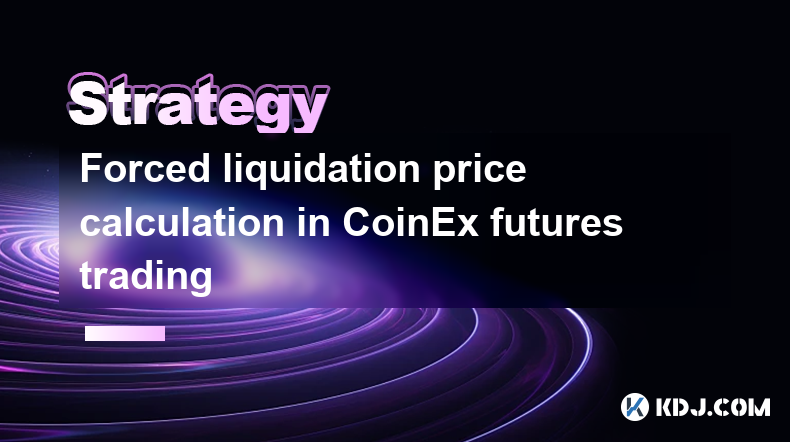
Forced liquidation price calculation in CoinEx futures trading
Apr 03,2025 at 05:35am
In CoinEx futures trading, understanding the forced liquidation price is crucial for managing risk and maintaining your positions. The forced liquidation price is the point at which your position is automatically closed to prevent further losses. This mechanism is designed to protect both the trader and the platform from negative account balances. The c...

How to extract profit in leveraged trading on OKX?
Apr 04,2025 at 05:42am
Leveraged trading on OKX can be a powerful tool for traders looking to amplify their potential profits. However, it also comes with increased risk, making it essential to understand how to effectively extract profit from these trades. This article will guide you through the process of leveraging OKX's platform to maximize your gains while managing the i...

How to view the funding rate of leveraged trading on OKX?
Apr 04,2025 at 07:07am
Understanding the funding rate is crucial for anyone involved in leveraged trading on OKX. The funding rate is a mechanism used in perpetual futures contracts to ensure that the market price of the futures remains closely aligned with the spot price of the underlying asset. This article will guide you through the process of viewing the funding rate on O...

How to use the three crows candlestick combination to determine the market top?
Apr 03,2025 at 03:18pm
Three Black Crows are a classic K-line combination form that is often used to judge the top of the market in technical analysis. This pattern consists of three consecutive negative lines, the opening price of each negative line is within the entity of the previous K-line, and the closing price gradually decreases. This pattern usually appears at the end...

How to judge the market's long-short power comparison through the K-line?
Apr 03,2025 at 02:39pm
Judging the market's long-short power comparison through the K-line is an important skill in technical analysis. The K-line chart can not only show price changes, but also reflect the emotions and power comparison of market participants. This article will introduce in detail how to judge the market's long-short power comparison through K-lines. ...

What is a candlestick chart and what role does it play in crypto market analysis?
Apr 03,2025 at 02:26pm
K-line chart, also known as candle chart, is a form of chart used to display changes in the price of financial products. In the cryptocurrency market, K-line charts are widely used to analyze the price trends of digital assets such as Bitcoin and Ethereum. This article will introduce in detail the basic structure, types of K-line charts and their specif...

Forced liquidation price calculation in CoinEx futures trading
Apr 03,2025 at 05:35am
In CoinEx futures trading, understanding the forced liquidation price is crucial for managing risk and maintaining your positions. The forced liquidation price is the point at which your position is automatically closed to prevent further losses. This mechanism is designed to protect both the trader and the platform from negative account balances. The c...
See all articles






















































































